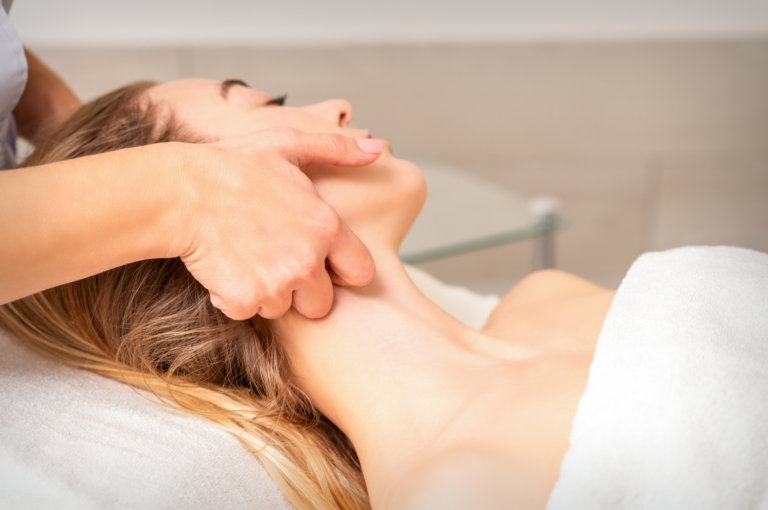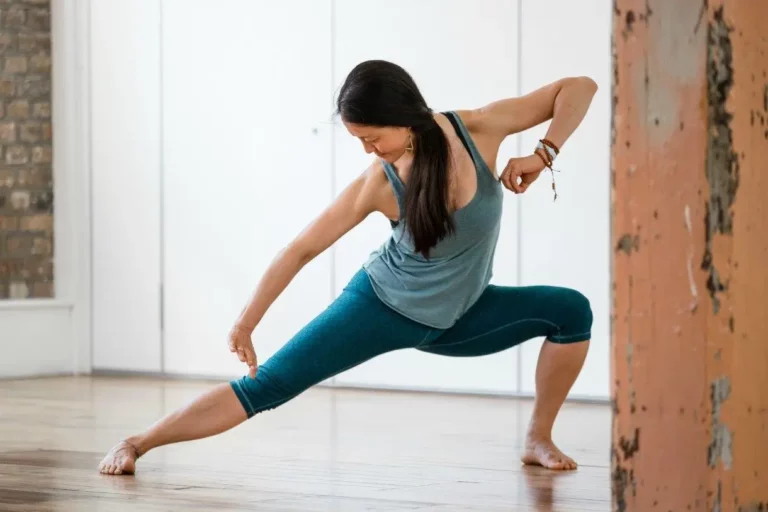Starting on Monday 29th October, Ruth Westoby will lead a four-week course on the history of āsana. This course will use physical practices – āsana – from different historical periods to unlock yoga’s teachings, histories and philosophies. The course integrates texts, iconography and art historical sources to explain the physical practice. Ruth explains more:
A frequent criticism of modern yoga is that it’s all about posing: that the use of photography and social media has reduced yoga to hollow images of perfect bodies demonstrating perfect poses. Such criticisms often rest on the ideal of a ‘true’ yoga before it was ‘contaminated’, and the belief that some schools are better or more authentic than others. This course sets out to challenge such beliefs and equip you with the historical context to make up your own mind.
Playing with history can help contextualise and embody our present. I was involved in filming a historical reconstruction in August last year when I helped interpret postures from a recently rediscovered text describing 112 yoga āsanas, the Haṭhābhyāsapaddati. Together with a bunch of yoga, history and Sanskrit enthusiasts we immersed ourselves in the Sanskrit descriptions of the Haṭhābhyāsapaddhati, the supporting illustrations from the Śrītattvanidhi, and the potentials and limits of our bodies to recreate six āsana series. This challenging and fascinating project was an opportunity to recreate history.
This upcoming course on the history of āsana is a quirky attempt to embody history. We will write the history of yoga postures into our body as they occur chronologically, connecting our physical (and emotional and intellectual) present back through time to practitioners of old. This practical somatic element will be interwoven with explanation and images of historical yogis and textual teachings.
The first session on 29th October kicks off with ancient mortifications from the time of the Buddha, some 4,500 years ago. These intense practices of tapas were undertaken to create a store of psycho-spiritual heat to burn up sin, develop superhuman capacities and terrify the gods.
Our second session a week later reconstitutes the āsanas of that most iconic of texts on yoga, Patañjali’s fourth century Yogasūtra.
The third session on 12th November experiments with the ‘force’ of the Haṭhapradīpikā, the classic fifteenth-century manual on physical yoga.
Our final session will explore the practices of the Haṭhābhyāsapaddhati – which may well be the source for modern yoga.
Come expecting to be creative (how will you interpret short written instructions?), challenged (what really is the purpose of āsana?) and surprised (where oh where is Trikonāsana?). I hope you will go away with a firm sense of which poses come where and a deeper understanding of the place of you and your own practice in this tangled web.
Ruth Westoby is intrigued by yoga both in academia and practice. She practices Ashtanga yoga and is working on doctoral research into gendered constructions in Sanskrit texts on yoga at SOAS under the supervision of James Mallinson. To find out more about her upcoming course and to book, click here.
To see some of the visual demonstrations from the Haṭhābhyāsapaddati reconstruction project which Ruth took part in, click here.










